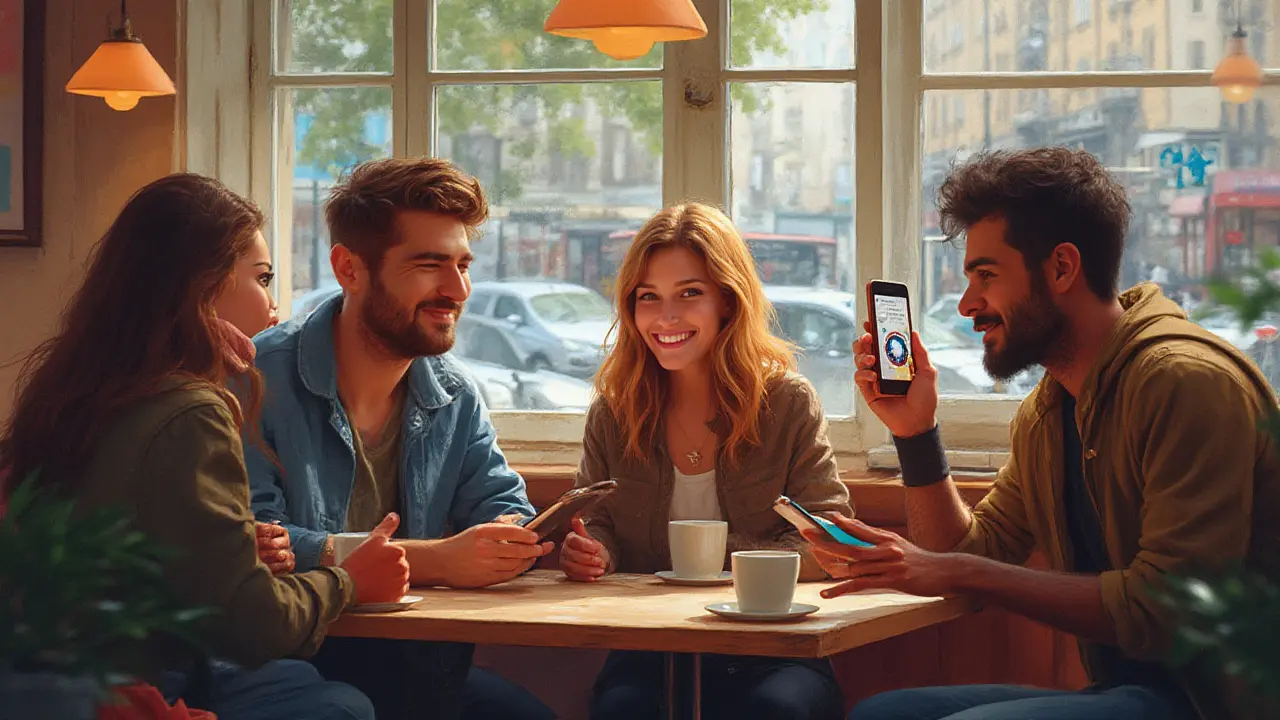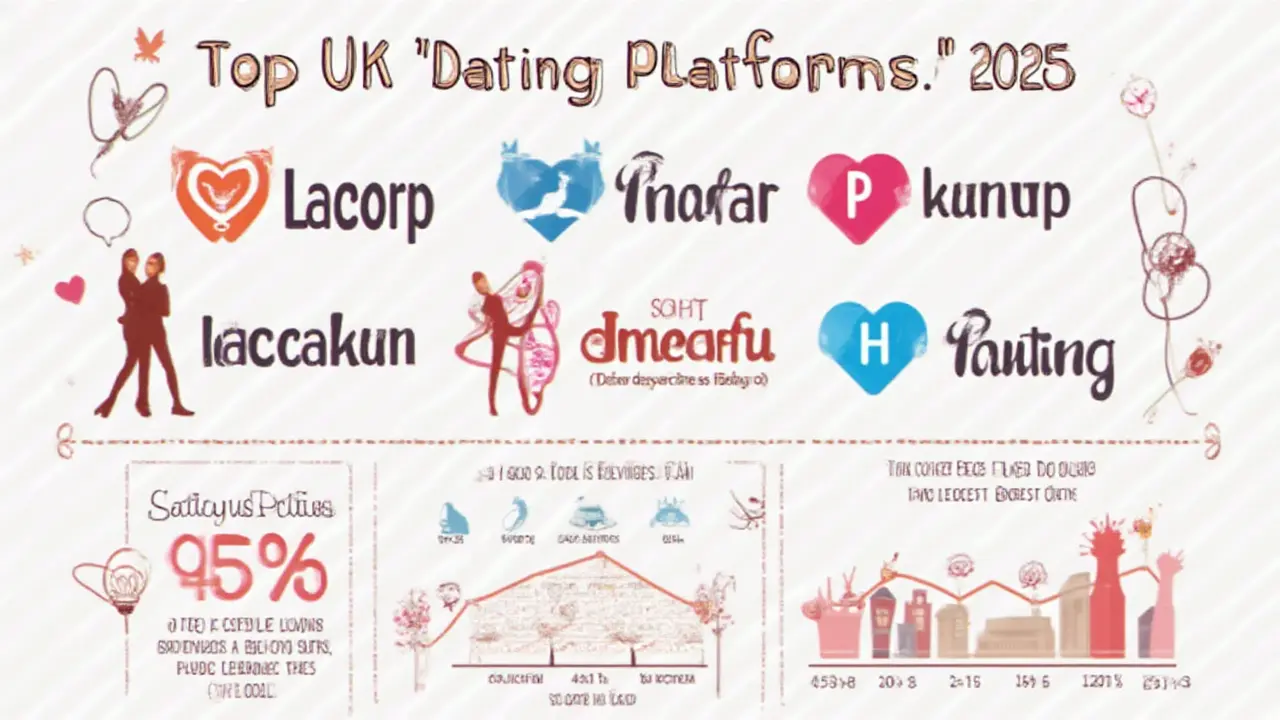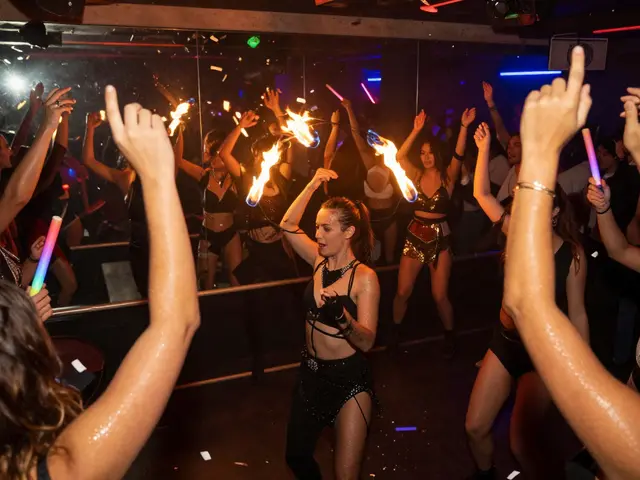
You’d think with all these ‘swipe right, swipe left’ apps popping up, finding love would be a walk in the park now, right? Yet, for a lot of us, it still feels like navigating a maze—with dead ends, circles, and plenty of cringe-worthy moments. Here’s what’ll probably make you raise an eyebrow: not all dating sites are created equal when it comes to happily-ever-after outcomes. Some platforms really do horse ahead and help more people find long-term love than others. Let’s tear into the numbers, break down the features, and see which site actually claims the crown for the highest success rate in the UK right now.
Key Factors for Dating Success: What the Numbers Reveal
The phrase “highest success rate” gets tossed around a lot, but what does that mean for you? Most people want one thing—actual results. Data from a 2024 UK-wide survey by Pew Research showed that 44% of users who found long-term relationships through dating sites met their partners on one of the top five big-name platforms. But the story gets juicier when you look beyond the numbers and dig into why some sites consistently outperform the rest.
Let’s be blunt: Tinder dominates downloads, but its vibe leans more toward flings and casual encounters. Plenty of Fish (also called POF) boasts big numbers but sometimes feels like wading through a bargain bin. The real heavy-hitters for people aiming for meaningful, lasting relationships? That’s where names like eHarmony, Match.com, Hinge, and EliteSingles step in. What they all have in common is a focus on compatibility. eHarmony, in particular, claims the highest success rate—citing research that states 4% of all UK marriages started on its platform. The kicker: Hinge, with its ‘designed to be deleted’ philosophy, scored over 70% of users reporting a date that led to a second, and over 40% going exclusive within a year, according to a May 2025 internal report they shared publicly.
But before you dash to sign up for every app going, it helps to ask: what am I after? If you’re after marriage or deep companionship, the sites that ask more questions (think long quizzes and personality deep-dives) seem to land better results. For those looking for something lighter, Tinder and Bumble can work, but the numbers tell us commitments are less common here. One London friend told me last week he’d been on Bumble six months, matched a ton, and still hadn’t had a second date—while another mate met his fiancée on Match.com in under a month. The moral? The serious sites may feel more intense to fill in at first, but they weed out time-wasters.
The site you choose matters, but your approach does too. Profiles with decent photos and bios backed up by honesty (yep, skip the awkward filters and fibs about height) repeatedly show higher match-and-meet rates—about 27% higher, actually, per a 2025 Hinge user poll. Plus, sending a witty first message instead of “hey” gets a reply almost twice as often. So, your odds aren’t just in the site, they’re in how you use it.
Take a look at this comparison table for quick stats from early 2025—just to hammer the point home:
| Dating Site/App | Success Rate for Long-Term Relationships (UK, 2025) | Best For |
|---|---|---|
| eHarmony | ~43% report lasting relationships | Marriage & serious dating |
| Hinge | ~39% exclusive within a year | Modern relationships |
| Match.com | ~37% success stories | All ages, serious dating |
| Bumble | ~22% report lasting relationships | Young professionals, casual or serious |
| Tinder | ~13% move to exclusivity | Casual dating, hookups |
See how the nature of the site changes the typical outcome? If you’re on the hunt for real, lasting love, eHarmony and Hinge seem to offer your best shot right now. But don’t just sign up and wait—put some work into your profile and chats. It pays off.

Digging Deeper: Why Some Dating Sites Outperform Others
It’s not magic that makes one dating site soar while others flop for finding long-term partners. There are some key ingredients that recipe for success seems to demand. The first big factor? Intentional user base. Sites like eHarmony and Match.com usually attract people who want something more—so everyone’s swimming in the same pool, if you get what I mean. You don’t get as many dabblers, weekend warriors, or people just there for a mood boost.
Next up, algorithms really matter. eHarmony has kept its focus on compatibility matching and personality science, tweaking its algorithms with data gathered from millions of UK users since the site launched here in 2008. According to a meta-analysis published in the International Journal of Computer Science late in 2024, their pairing formula increases mutual interest rates by 31% compared to random pairings. Hinge, meanwhile, rolled out their ‘most compatible’ tool, which pulls from your likes and skips, as well as the replies you leave on prompts—giving you daily matches that fit your vibe. That’s like having a digital wingman working behind the scenes.
It’s not just the software, though. The culture of the app plays a massive role. The old-school feel of Match.com attracts users who are happy to share lots of detail, write meaningful answers, and scroll through profiles instead of just swiping. Compare that with the lightning-quick pace of Tinder, where a few seconds is all you get—you can see why deeper connections form slower on fast-food dating apps. One study from The Open University found that users on platforms with essay-style profiles averaged 40% more meaningful conversations than those on swipe-based apps.
And then we’ve got the moderation and safety measures. No one wants to waste time talking to a catfish or a bot. eHarmony and EliteSingles both invest a chunk of cash every year in security, verifying profiles and even manually rooting out the obvious frauds. That creates a safer, more trustworthy environment, which the stats reckon helps boost the odds of real-life meetings. Dating apps with looser rules have almost double the ghosting rate, according to a March 2025 YouGov poll.
If you’re hunting for genuine connection, it pays to look for dating sites with in-depth verification and lots of questions. Don’t be lured in by flashy free apps promising the world. Nine times out of ten, you’ll get what you pay for—the free apps serve more ads, attract more fleeting users, and see a lower success rate. A paid subscription might feel like a gamble, but the numbers suggest you’re betting on better odds.

Getting the Most from Your Dating Site: Success Tips & Insider Hacks
When you’ve decided which dating site fits your goals, the next step is squeezing the most out of your experience. Don’t just set it and forget it. There’s a strategy to scoring success, and it isn’t as complicated as it sounds. You want to treat your dating life a little like job hunting: be proactive, personalize, and keep your eyes open for red flags.
First, give your profile the attention it deserves. Profiles with well-lit, recent photos (showing your face, not just a group at the pub) land way more messages. Try putting in a snapshot of you doing something you actually enjoy—whether it’s walking your dog at Ashton Court or grabbing a coffee in Clifton Village. Your bio doesn’t need to be a life story, but a killer first line and a couple of honest quirks make a world of difference. For example, “Can’t cook but can recommend the best pizza in Bristol” is more inviting than a list of clichés. On a platform like Hinge or eHarmony, filling out every detail is a must—people really do read them.
Messaging is your next hurdle. Forget copying and pasting the same opener—show you read their profile. If they’ve posted about hiking the Mendips or binging a certain series, start with something light about that. The idea isn’t to audition with jokes or force things but to sound like a real person who cares. According to a 2025 OkCupid survey, messages that reference a specific part of someone’s profile are 50% more likely to get a reply. And if you get stuck on what to say, ask open questions. It keeps things flowing and makes it simple for the other person to jump in.
Don’t go too fast, but don’t drag it out. On sites like Match.com and eHarmony, moving from chat to a low-key video call or in-person coffee within a week doubles your odds of things going further. It’s the digital version of ‘don’t let good energy fizzle out.’ Always meet in public first and let someone reliable know where you’ll be. Safety isn’t just about common sense; it’s a proven way to relax and enjoy yourself.
Here’s a practical checklist for boosting your odds, based on recent user data and UK dating coaches’ advice:
- Choose a platform that matches your intention (casual, serious, friendship, etc.)
- Fill out your profile completely with honest, specific details
- Upload 3-5 clear, recent photos showing your face (avoid group pics as the main one)
- Craft a bio with a dash of humour and a clue about what you enjoy
- Send messages referencing something specific from profiles
- Aim for a chat-to-date timeframe of about a week
- Trust your gut, report anyone who seems fishy, and meet in public first
No dating site is magic, but with the right approach and the best platform, you stack the deck in your favour. If you’re in Bristol or anywhere else in the UK, the clear winners right now for the highest success rates are eHarmony, Hinge, and Match.com—especially for those keen on commitment. If you want to test the waters, Bumble is decent (especially for women as they get first-move power). Tinder? Good for fun and fast-paced chats, but be realistic about what comes next.
Ready to find where you fit? Think about what you want, pick the platform that matches it, and take ownership of your dating game. You never know—a few solid profile tweaks and the courage to message first could be the start of your own success story.






